Forest roadhouse for sale, bikers and hikers not included
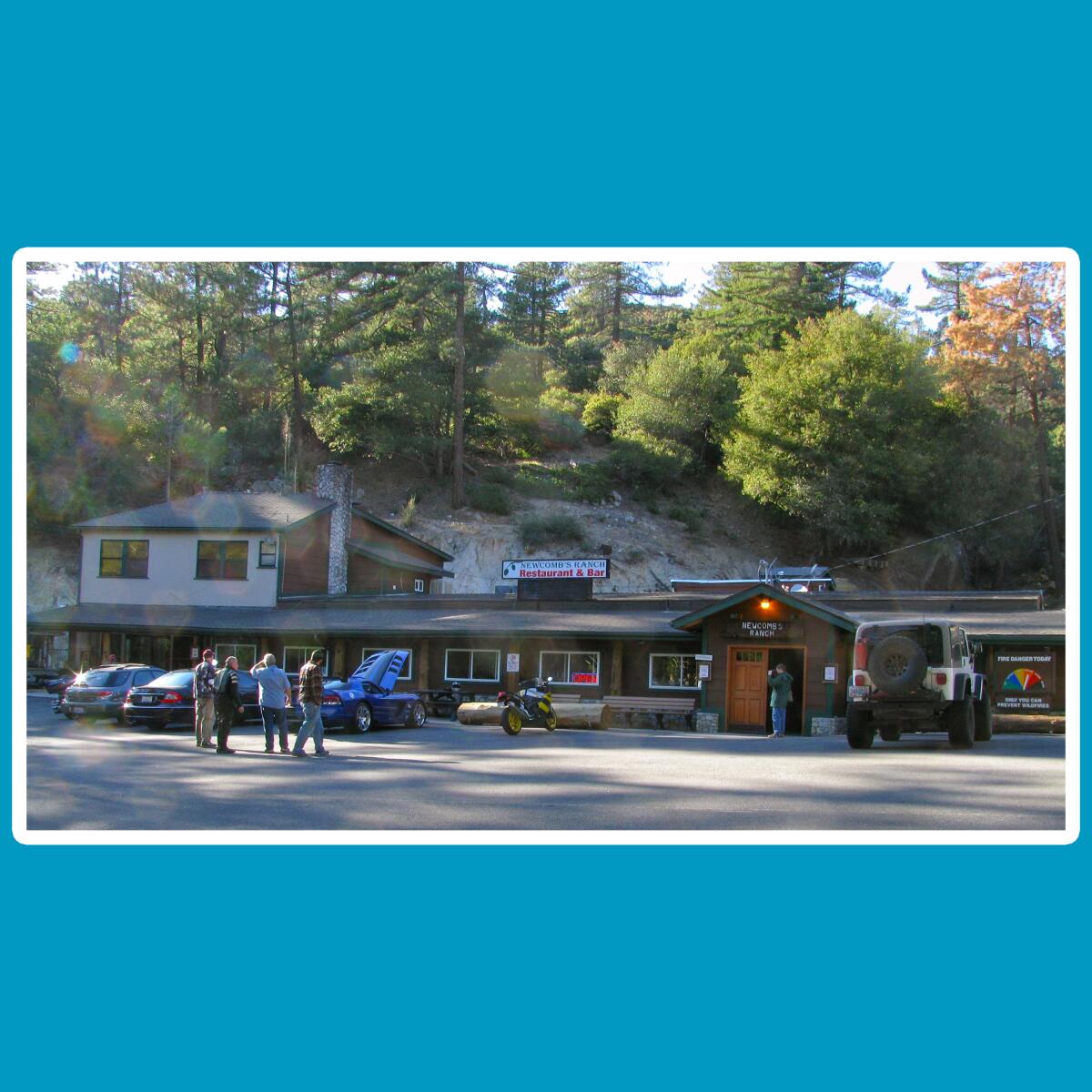
- Share via
By Mary Forgione
Welcome to The Wild! (View in web browser here.)
For the record:
10:49 p.m. June 24, 2021A prior version of the newsletter wrongly said Newcomb’s Ranch was 50 miles north of La Canada Flintridge. It is 27 miles.
Want to buy an iconic roadhouse? Newcomb’s Ranch in the Angeles National Forest is for sale for a cool $8.5 million (that’s a real estate estimate; no price is listed). For such a remote spot — it’s at 5,340 feet on a deserted stretch of the Angeles Crest Highway about 27 miles north of La Cañada Flintridge — it has had a dedicated following of motorcyclists, bicyclists and hungry hikers. For one thing, it’s the only place to stop for miles and miles for a short stack or a burger.
Here’s how a story posted on the Drive describes its allure: “There’s a built-in customer base of longtime regulars and fans, and Newcomb’s is tucked into a beautiful grove of tall pine trees that make it feel like a true escape from everything. Breathing the fresh air, hearing the wind rustle through those needles as you stroll through a parking lot filled with a mix of ratty tuner cars, meticulously restored classics and million-dollar exotics—there may be nothing else like it out there.” Even comedian Jay Leno has turned up on occasion.
Original landowner Louie Newcomb built trails and cabins on the land he bought in the late 19th century but then fled after the construction of the highway “ruined the place,” according to the restaurant’s website. He sold the land to a cousin in 1929, and a decade later Newcomb’s Ranch was built. The most recent owner was Dr. Frederick Rundall, who died in 2019.
The restaurant and bar have been closed since March 2020. There’s also a three-bedroom cabin at the site. Newcomb’s is one of a kind — and hopefully will reopen with new owners. (Here’s a video of the site.)
3 things to do this week
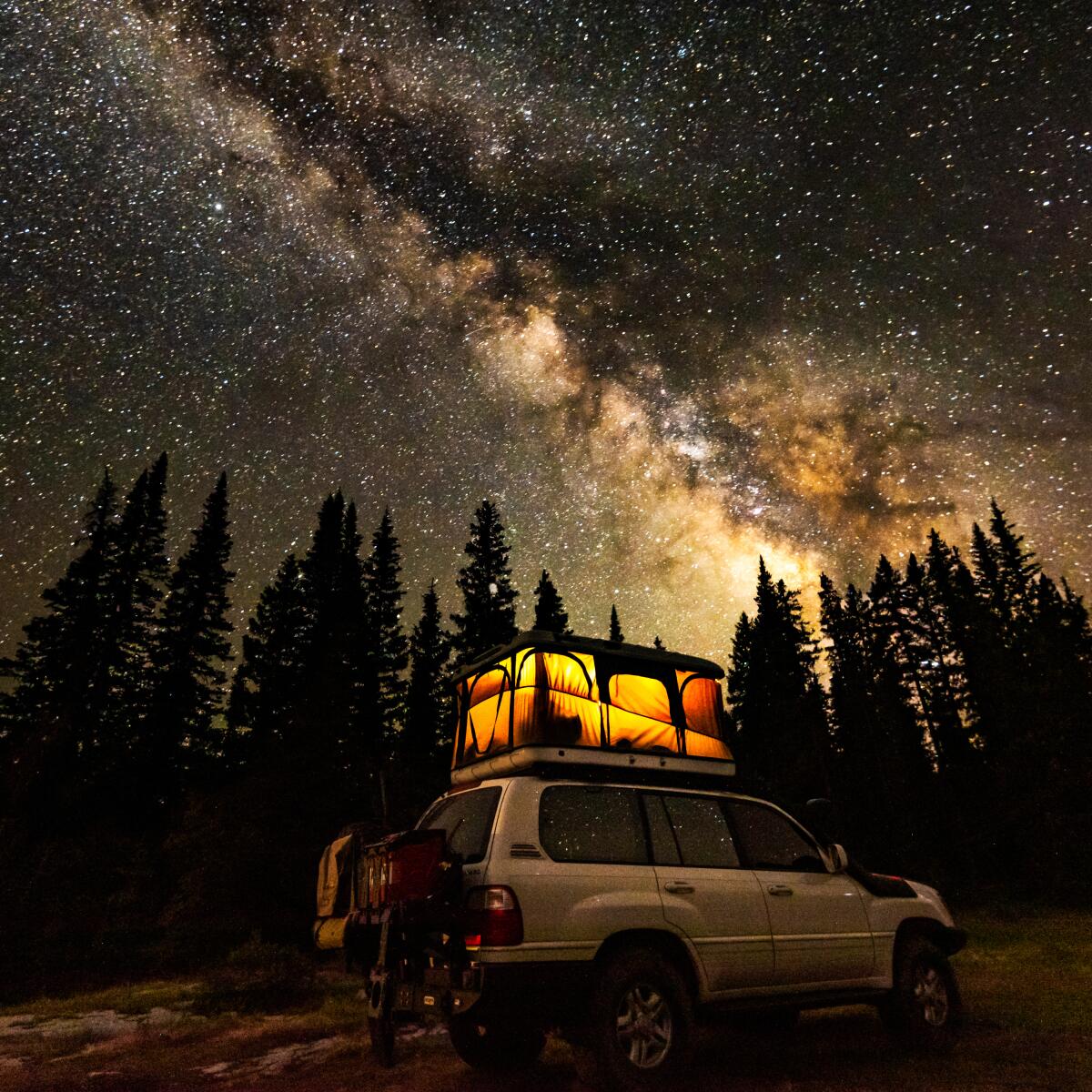
1. Enter your best national park shots in the Share the Experience photo contest. The grand prize winner of the 2020 Share the Experience photo contest shows a bit of the ancient and a bit of the new (it’s the first winning nature photo I’ve seen with a rooftop tent). Mark Gruenhaupt brilliantly captured the Milky Way in Colorado’s San Juan National Forest. The photo will be featured on the annual America the Beautiful or National Parks and Federal Recreational Lands pass. You can see all the 2020 winners on the blog of the National Park Foundation, which sponsors the photo contest.
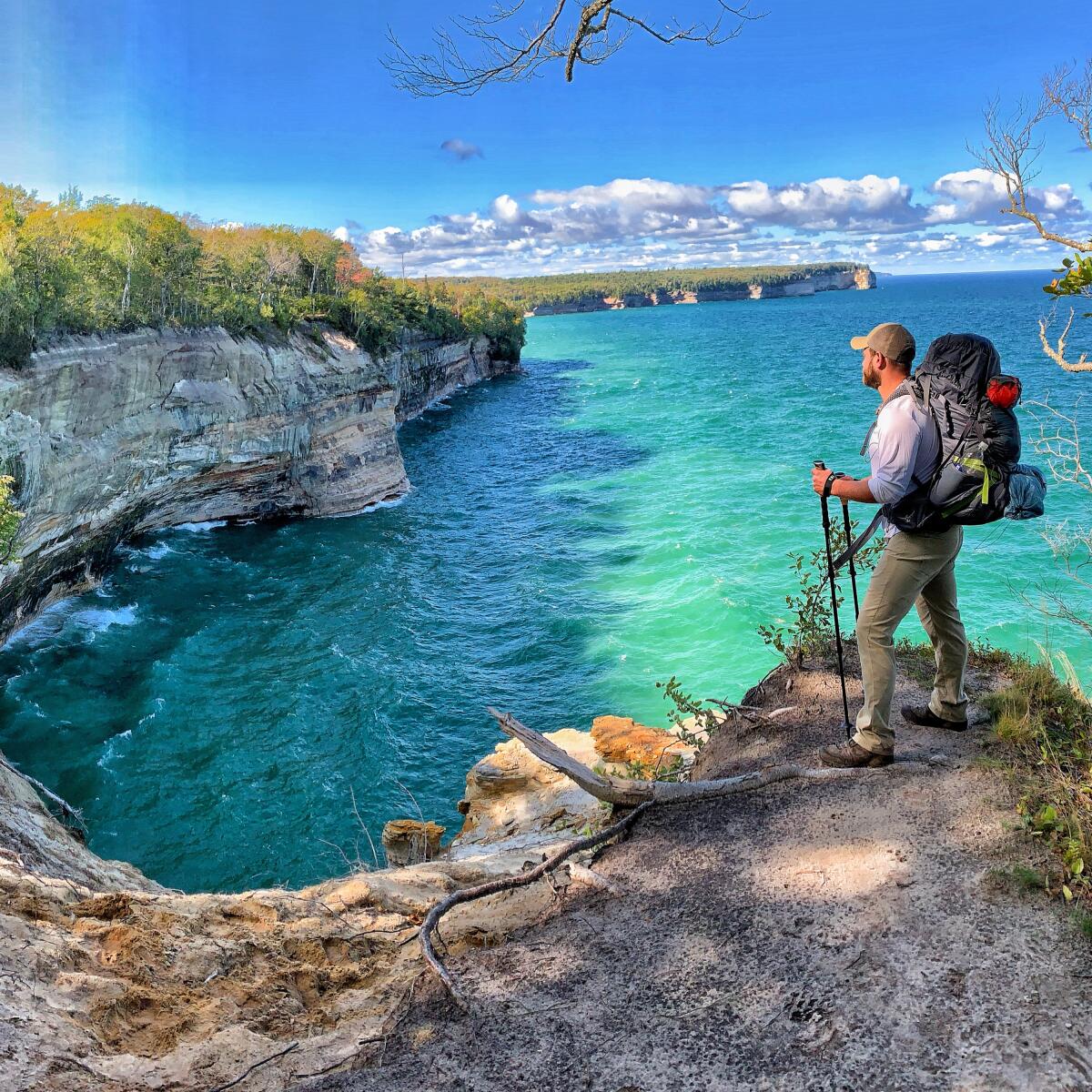
Now it’s your turn to enter. Photos must be taken on federal public lands (not state or city parks) between Jan. 1, 2019, and Dec. 31, 2021, and you have until the end of this year to enter. Check out the themed categories and awards ($10,000 grand prize) at the Share the Experience website.
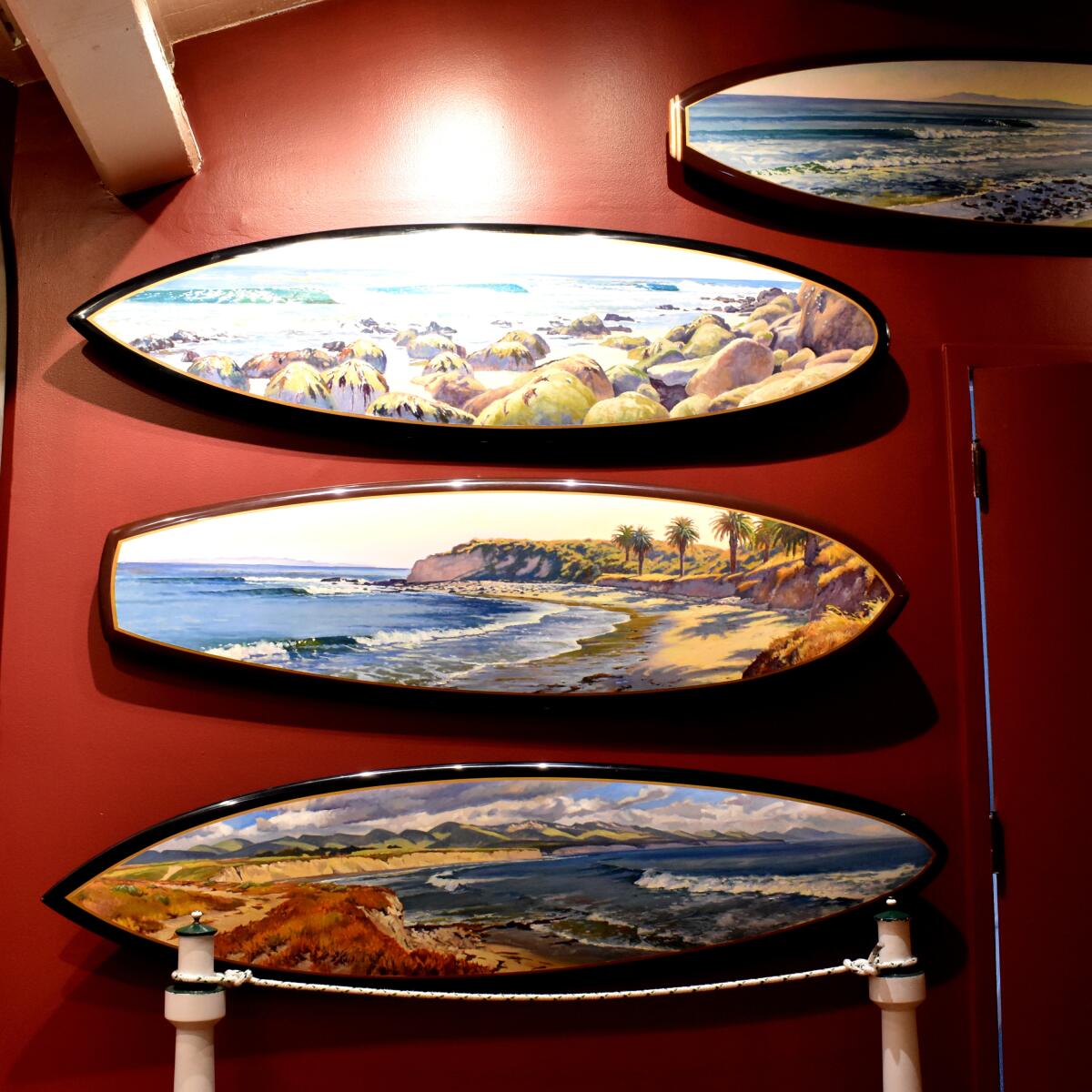
2. Check out old-school surfboards at the Santa Barbara Maritime Museum. If you don’t know the history of early surfboards, you might be surprised. The Kawananakoa brothers, heirs to the royal throne of Hawaii, went to school in San Mateo, Calif., and made surfboards from redwoods. That was in 1885. “Their boards were made out of local first-growth redwoods,” according to this story on the website Racing Nellie Bly. “They were milled in the shape of traditional Hawaiian o’lo boards, which were reserved in the Islands for royalty. Prince Jonah’s redwood olo was 17 feet 2.5 inches and weighed 150 pounds; Prince David’s, 17 feet 9.5 inches, and weighed in at 175 pounds.”
The show at the Santa Barbara Maritime Museum starts with the brothers’ story and continues with local shaper Renny Yater and artists John Comer and Kevin Ancell showing the evolution of surfboard design over the years. It continues through Oct. 30. Visit sbmm.org for details on “Heritage, Craft & Evolution: Surfboard Design 1885-1959.”
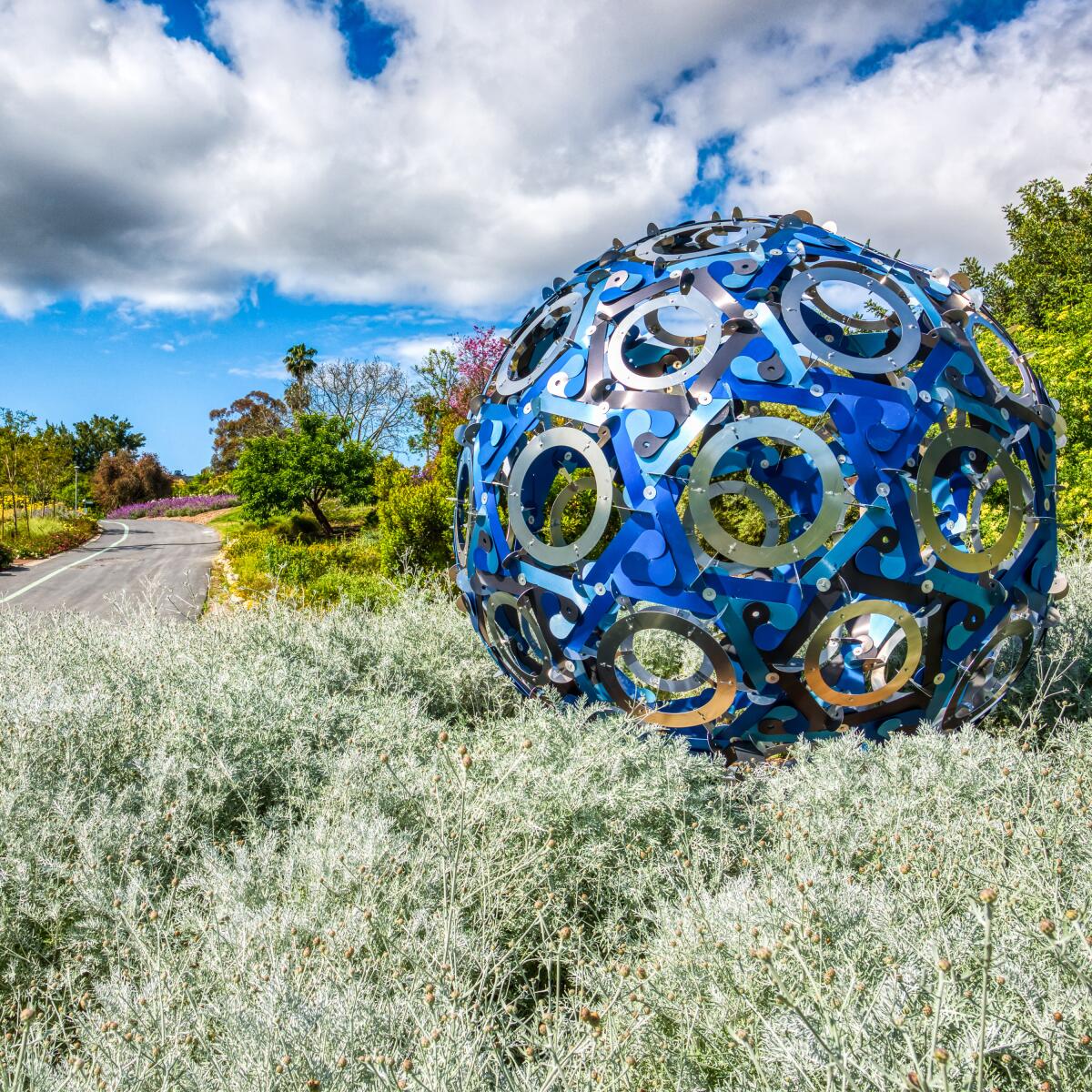
3. Play hide-and-seek at South Coast Botanic Garden. Everyone knows how to play hide-and-seek, but the game at South Coast Botanic Garden entails finding sculptures. Eight sculptures, some on loan from the L.A. County Museum of Art, such as the sparkly sphere “Fuller” by Doris Sung, are sprinkled throughout the 87-acre site. Here’s a list of the hide-and-seek sculptures; admission is $15 (tickets must be bought in advance). More info at southbotanicgarden.org.
The must-read

What happens when 469 rainbow trout move into the neighborhood? In Pasadena, a little water war broke out. Here’s how it started, according to this Los Angeles Times story:
“After last summer’s Bobcat fire burned more than 115,000 acres of wrinkled slopes and lush canyons, state biologists began to worry that a native population of rainbow trout living in the West Fork of the San Gabriel River [in the Angeles National Forest] could be wiped out if winter storms unleashed a muddy avalanche of slurry, sediment and fire debris into the waterway. They soon hatched a plan to translocate 469 rainbows to the Arroyo Seco, a winding creek that snakes past the Jet Propulsion Laboratory some 30 miles away.”
Then problems started. It seems Pasadena draws 35% of its water supply from the Arroyo Seco and isn’t all that happy about having to come up with a plan to protect the trout now swimming in the stream. Check out photos of the fish, some as small as 2 inches long, and the full story here.
The red flag

What does an extreme drought look like? Two satellite images taken a year apart show the effect on Southern California, specifically on the front range of the Angeles National Forest above Azusa. The photo taken on June 22, 2020, shows blue-water reservoirs and a greenish landscape; the same area photographed June 12, 2021, shows low-water reservoirs and a tan, dry landscape. The images were captured by Copernicus Sentinel-2 mission satellites and posted by the European Space Agency. You can flip back and forth to see the images here.
Since the beginning of the year, half of the U.S., including almost every part of the West, has been in a drought. Read more about what the drought means for California’s drinking water and potential wildfires this summer.
Wild things
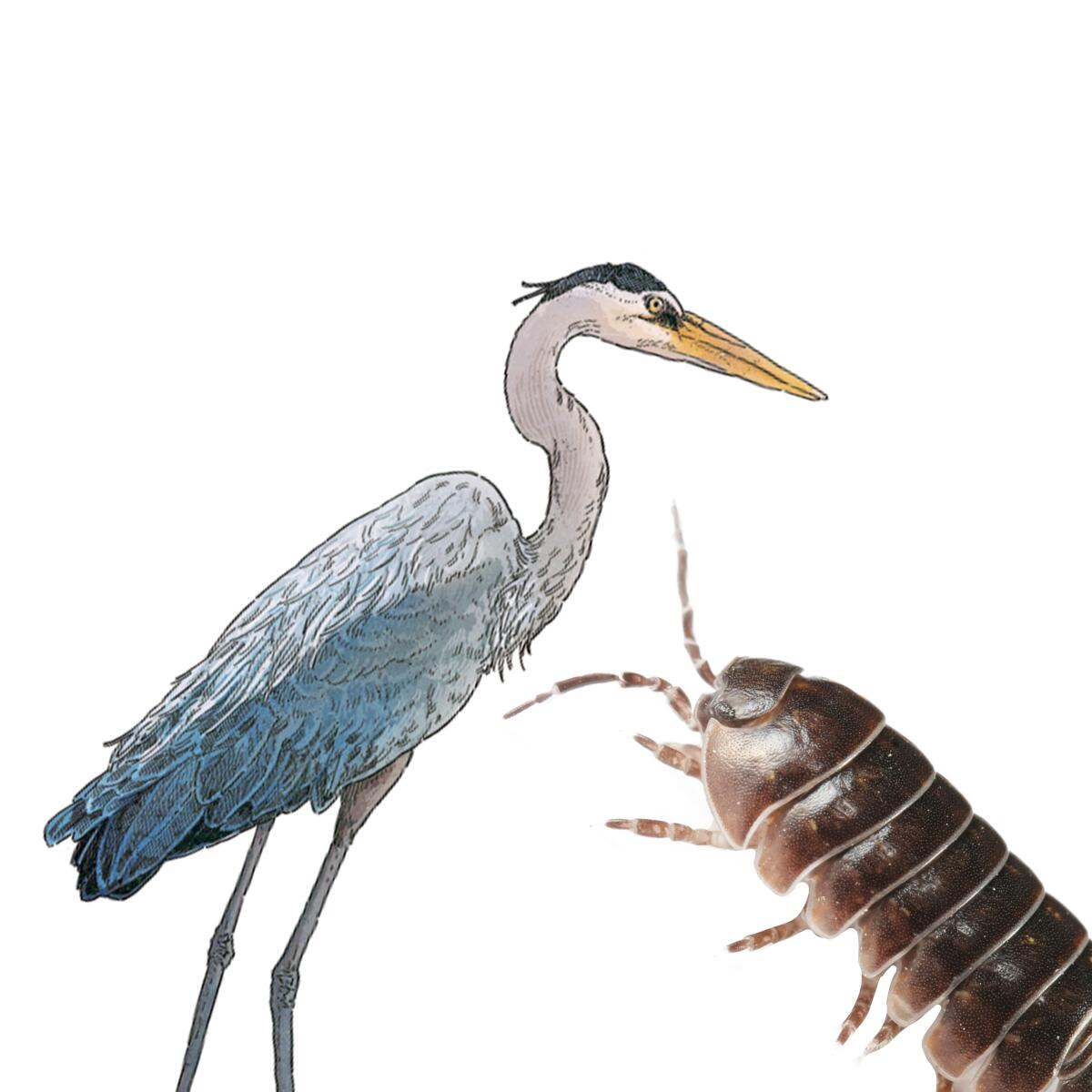
Be on the lookout this summer for blue herons and potato bugs (shown above) as well as these species that live in L.A. Why? Because studying the 37 umbrella indicator species over time allows L.A. to measure the health of the city’s habitat. “We have over 4,000 native plants and animals in Los Angeles and it’s overwhelming to track what’s going on with them,” said Michelle Barton, an environmental specialist with L.A. Sanitation and Environment. For example, if you have a healthy population of mule deer, you know that the food chain for mountain lions is intact.
Red-winged blackbirds, bumblebees, rattlesnakes and Western toads are on the list along with lesser-known species such as black-bellied slender salamanders, potato bugs (North American Jerusalem crickets) and a butterfly called Behr’s metalmark.
The city hopes to gather data by using sightings by backyard scientists (that would be me and you) who upload their findings in their neighborhoods. To encourage Angelenos to get involved, L.A. Sanitation partnered with the Los Angeles Public Library to host an L.A. BioBlitz Challenge. Now through Aug. 7, identify at least 10 species, with three or more on indicator species list, and then upload them on iNaturalist to complete the challenge. More details here.
Where you go matters too. L.A.’s “cold spots” on the BioBlitz Challenge map indicate places “where we have zero data points on iNaturalist, so we want to know anything and everything about those spaces,” Barton said. The data from the BioBlitz will become part of the L.A. City Biodiversity Index.
P.S.
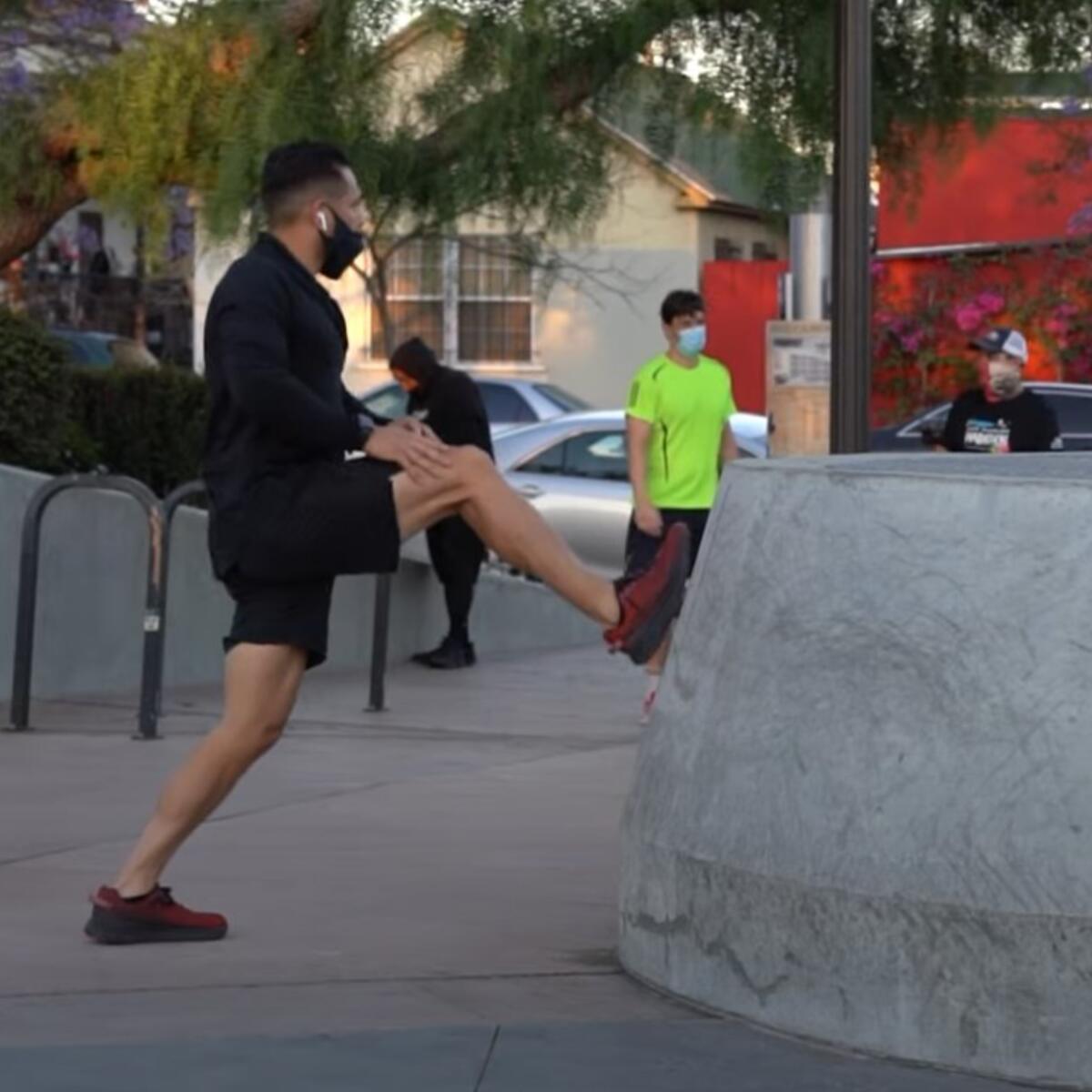
Isn’t a running group all about notching miles? Not really. It may start that way, but gatherings almost always turn into something else: a community of souls who come together to face challenges. For the Boyle Heights Bridge Runners, reuniting after 15 months came with grief for those lost to COVID-19 and strength for those who turned out. The L.A. Times’ video intern Jorge Garcia captured the group’s first run.
Member Briana Erhard said: “After running 3 miles I feel pretty good. I think it’s just exciting to be back with the group and the community. Historically, communities of color have been marginalized from any type of wellness resources. So to have a space like this in a community like Boyle Heights is that much more important. Then when you factor in the pandemic ... so many people experience grief in different ways, whether in jobs or with family members and friends. So we’re kind of coming off of that.”
By the way, the Bridge Runners welcome all levels of runners and meet at 7:45 p.m. Wednesdays at Mariachi Plaza in Boyle Heights.

Ever heard of highlining? Yep, it’s an outdoors thing. Two brothers from the San Francisco Bay area, Moises and Daniel Monterrubio, set a record for the longest highline walk in Yosemite National Park. No, the line isn’t an existing feature in the park; the brothers constructed the single high-elevation slackline — 2,800 feet long — from Taft Point and headed west. Walkers are clipped to the line but must haul themselves up if they fall. Read about their adventure in this story.
Send us your thoughts
Share anything that’s on your mind. The Wild is written for you and delivered to your inbox for free. Drop us a line at TheWild@latimes.com.
Click to view the web version of this newsletter and share it with others, and sign up to have it sent weekly to your inbox. I’m Mary Forgione, and I write The Wild. I’ve been exploring trails and open spaces in Southern California for four decades.

Sign up for The Wild
We’ll help you find the best places to hike, bike and run, as well as the perfect silent spots for meditation and yoga.
You may occasionally receive promotional content from the Los Angeles Times.




